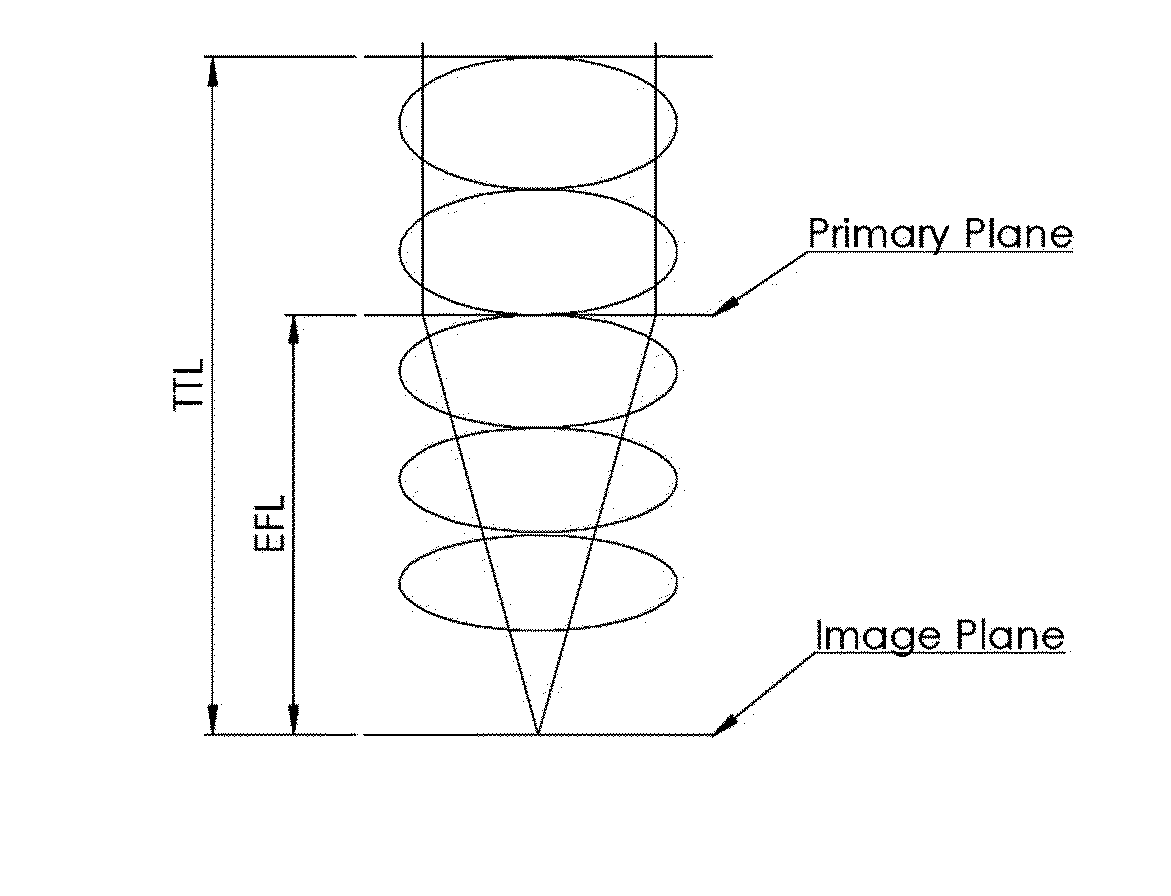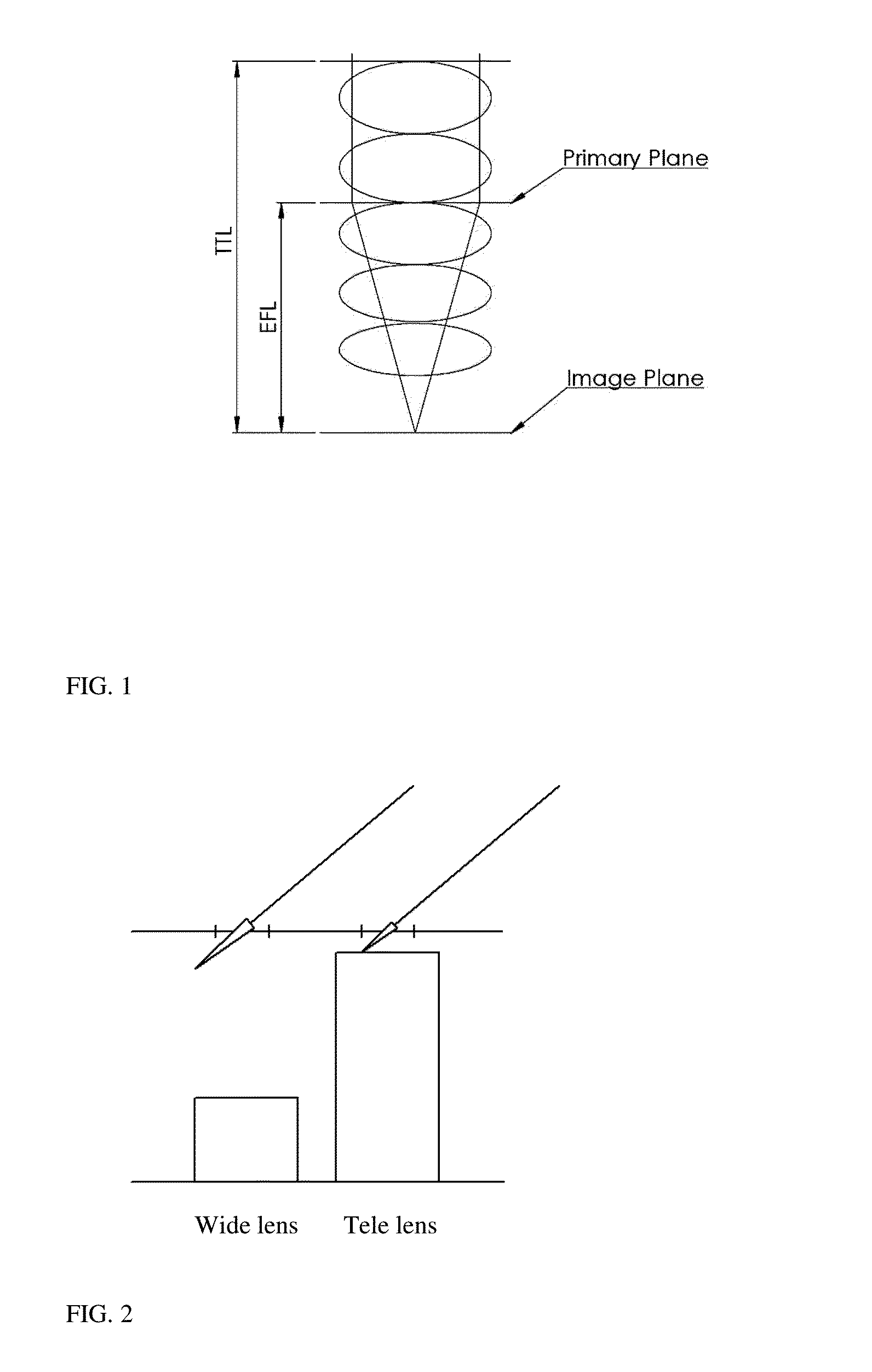Thin dual-aperture zoom digital camera
a digital camera and aperture zoom technology, applied in the field of digital cameras, can solve the problems of preventing fast reliable fusion of tele and wide images, aperture zoom cameras relating to their height, and camera height of around 9.8 mm, so as to improve the impact resistance and reduce the total thickness , the effect of reducing the difference between ttl and the difference between the two
- Summary
- Abstract
- Description
- Claims
- Application Information
AI Technical Summary
Benefits of technology
Problems solved by technology
Method used
Image
Examples
Embodiment Construction
[0018]The present inventors have determined that camera movement (due to exemplarily, but not limited to mishaps such as drop impact) can be avoided or minimized by mounting the two cameras directly on a single printed circuit board and by minimizing a distance “d” therebetween. FIG. 3 shows an embodiment of a dual-aperture camera 300 that includes two cameras 302 and 304 mounted directly on a single printed circuit board 306. Each camera includes a lens assembly (respectively 306 and 308), an actuator (respectively 310 and 312) and an image sensor (respectively 314 and 316). The two actuators are rigidly mounted on a rigid base 318 that is flexibly connected to the printed board through flexible elements 320. Base 318 is movable by an OIS mechanism (not shown) controlled by an OIS controller 402 (FIG. 4). The OIS controller is coupled to, and receives camera tilt information from, a tilt sensor (exemplarily a gyroscope) 404 (FIG. 4). More details of an exemplary OIS procedure as di...
PUM
| Property | Measurement | Unit |
|---|---|---|
| Length | aaaaa | aaaaa |
| Distance | aaaaa | aaaaa |
| Length | aaaaa | aaaaa |
Abstract
Description
Claims
Application Information
 Login to View More
Login to View More - R&D
- Intellectual Property
- Life Sciences
- Materials
- Tech Scout
- Unparalleled Data Quality
- Higher Quality Content
- 60% Fewer Hallucinations
Browse by: Latest US Patents, China's latest patents, Technical Efficacy Thesaurus, Application Domain, Technology Topic, Popular Technical Reports.
© 2025 PatSnap. All rights reserved.Legal|Privacy policy|Modern Slavery Act Transparency Statement|Sitemap|About US| Contact US: help@patsnap.com



